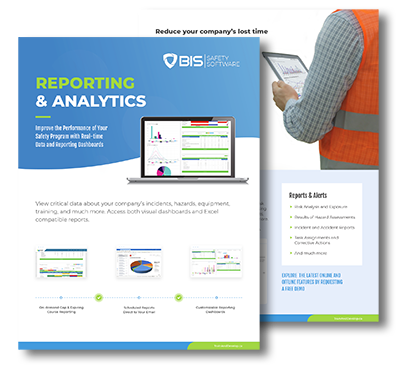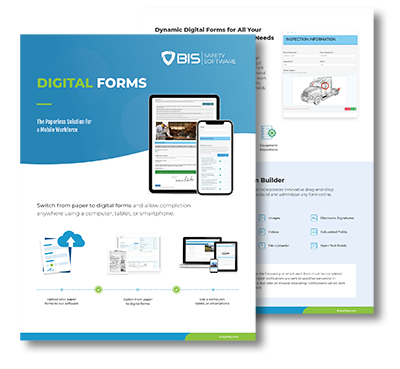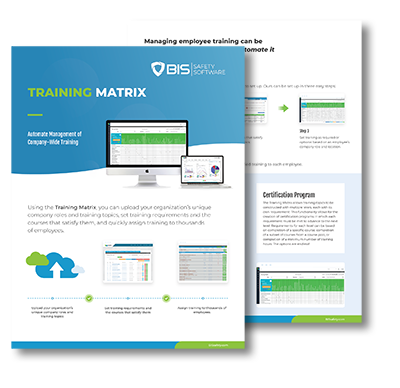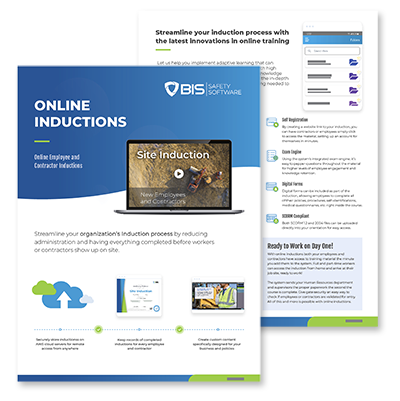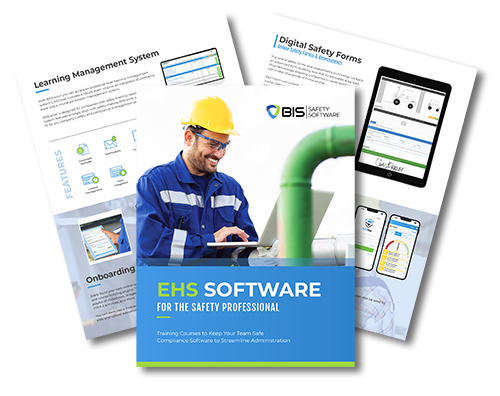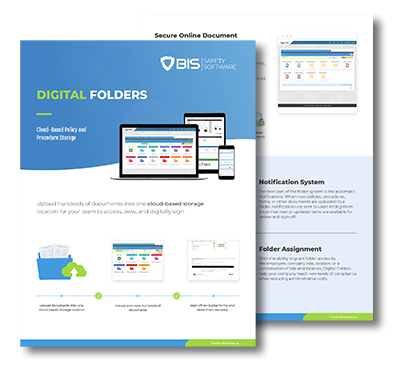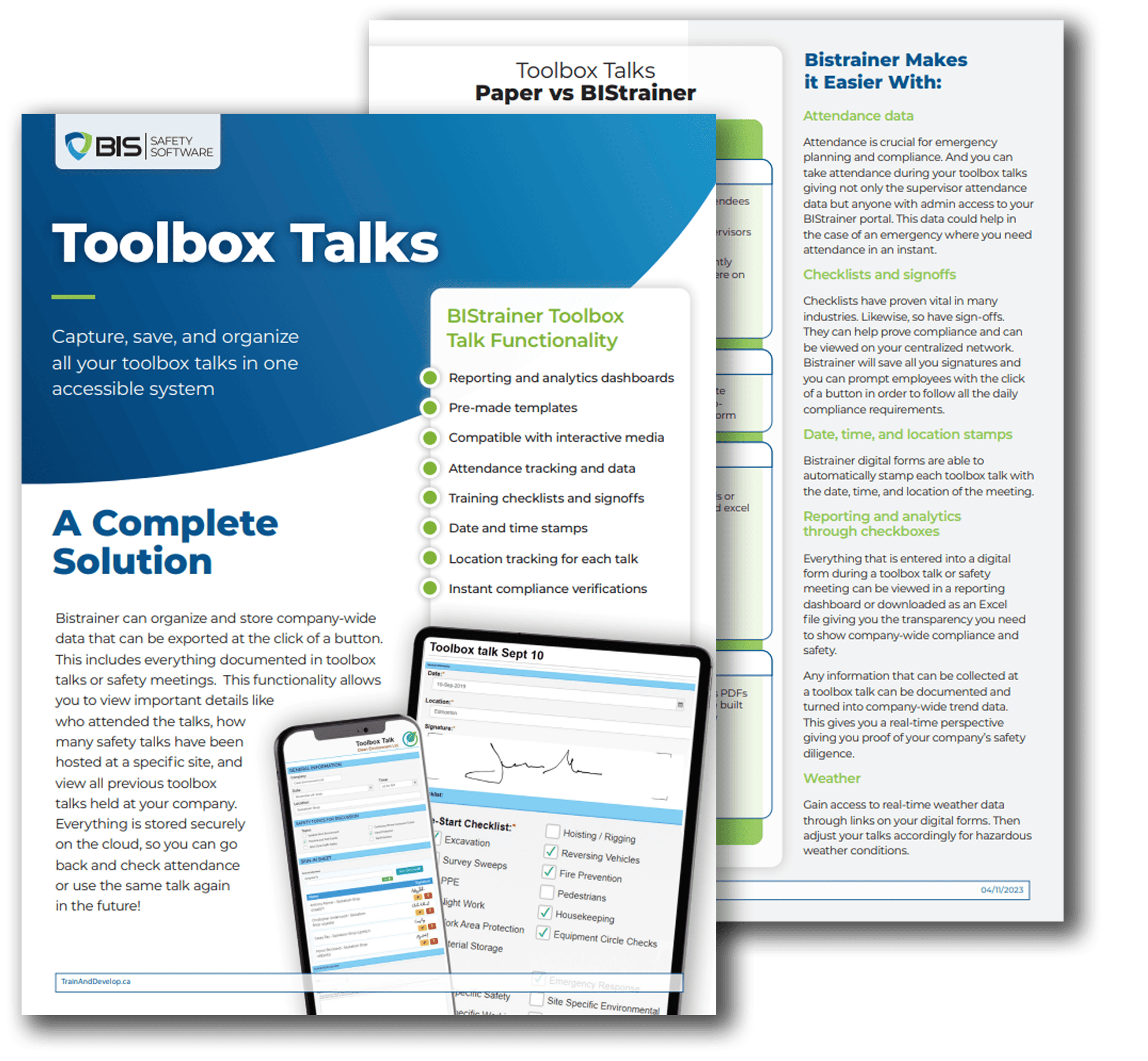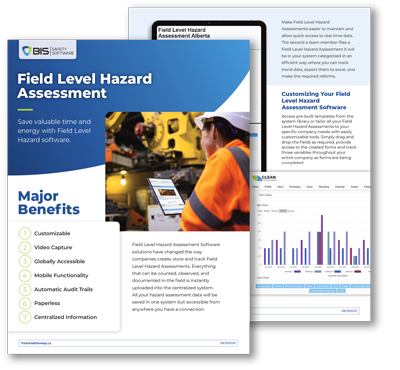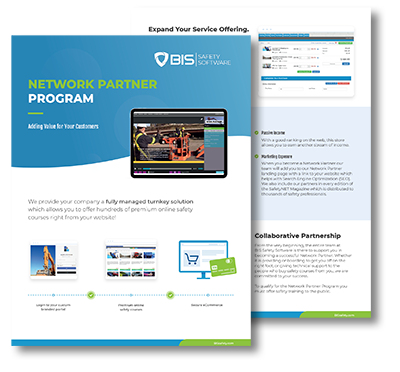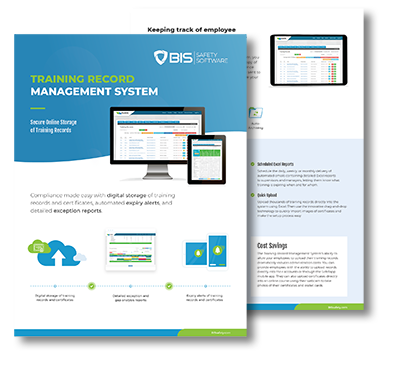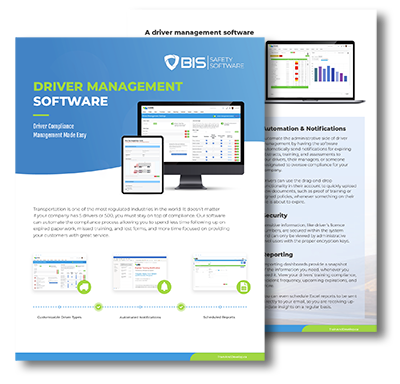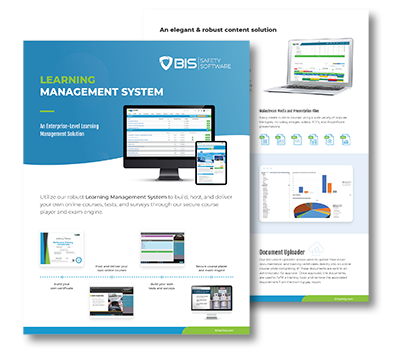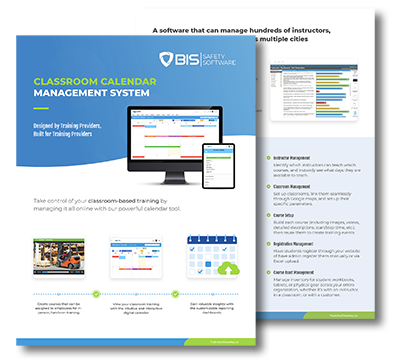Automation hits the motorway—here’s what it means for those in safety
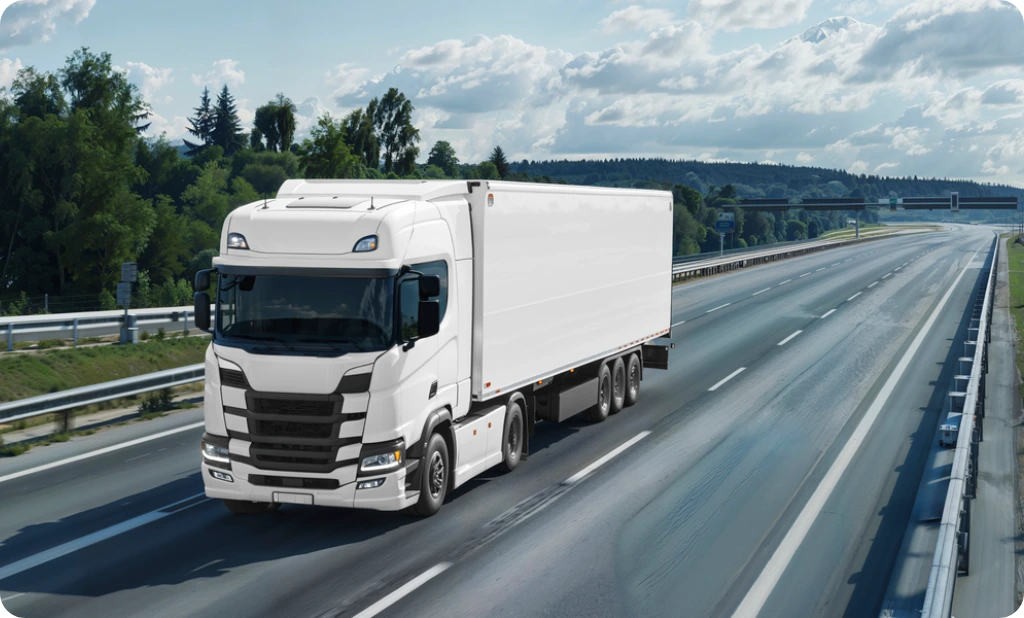
Aurora Innovation has just deployed a fully autonomous freight service across Texas. It’s a major milestone—not just in logistics, but in the evolution of workplace safety. Since late April, two driverless articulated lorries have been making the 1,200-mile return journey between Dallas and Houston, transporting frozen goods without a human behind the wheel.
Not entirely unaccompanied, though. For now, onboard safety personnel remain in the cab, overseeing operations while the tech proves itself. Each vehicle is fitted with a 360-degree sensor array, feeding real-time data to guide the journey. There are caveats. At this stage, routes are only operated during daylight and favorable weather. But not for long. Aurora expects to introduce 20 more autonomous trucks by 2025, with additional routes extending to El Paso and Phoenix.
What Safety Leaders Need to Know
Taking human drivers off the road might feel like a gamble. But it opens doors to new safety potential, including:
- Lower risk of fatigue-related crashes—a persistent hazard in haulage.
- Uniform compliance with road regulations and speed adherence.
- Emerging oversight strategies that align with an increasingly tech-based fleet environment.
Still, the path isn’t without complexity. This leap forward in automation brings fresh challenges:
- How do we develop regulations for AI operating on public roads?
- In the event of failure, who bears responsibility?
- What strategies will retrain or redeploy drivers impacted by automation?

Safety Can’t Afford to Lag Behind Tech
For those working in health, safety, and operational risk, there’s a clear message: stay ahead or risk falling behind. The rise of autonomous transport isn’t just a tech story—it’s a workplace safety one. Policymakers, safety professionals, and employers must act in step with innovation. That means creating robust governance frameworks, updating training protocols, and anticipating risk in uncharted territory.
Are You Prepared?
Driverless technology is no longer theoretical—it’s here, and expanding quickly. The question isn’t if it will affect your safety protocols. It’s when.
Let’s start the conversation now. The road ahead depends on it.
Additional Articles
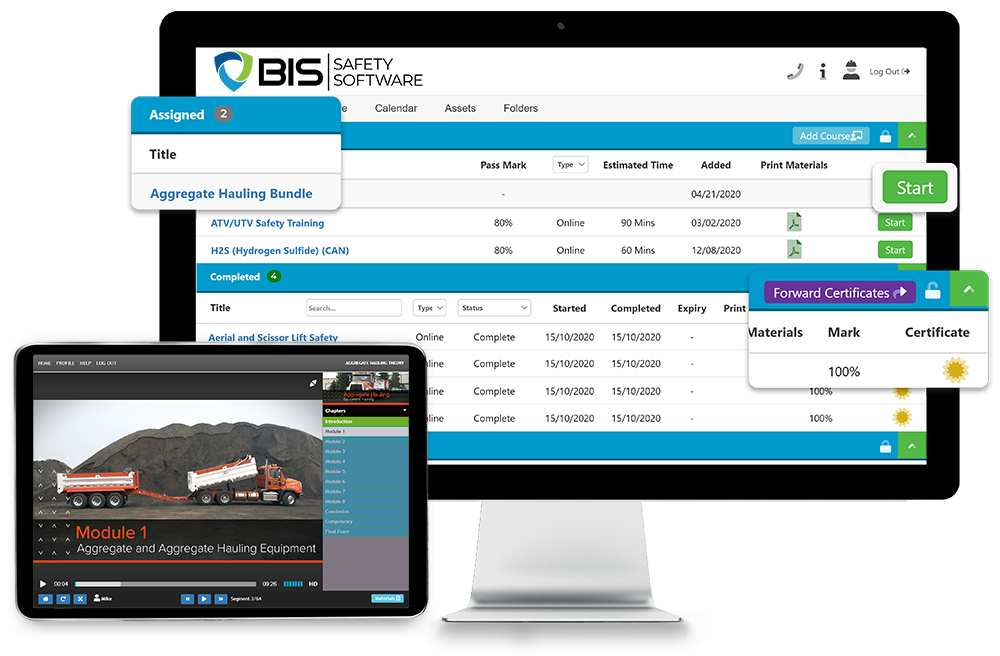
LMS Software – Training Made Easier
Discover how Learning Management Systems (LMSs) streamline workplace training with efficient course module creation, delivery, user management, and advanced tracking tools. … Read More

How to Utilise a Training Matrix, and Its Role in Enterprises
A training matrix was built for growth, skill management, and training your team to those competitive safety and productive levels required for modern business. Today, let’s talk training matrices. … Read More





